Part 1 – Top 10 Things to do at Bundaberg

Bombardier, from Brisbane to Bundaberg
Arriving at Bundaberg
When you arrive at Bundaberg airport, you may be somewhat taken aback at what may seem like the smallest ever airport! It is but a couple of minutes’ walk away from the tarmac from where you disembark from a bombardier. From Brisbane to Bundaberg airport. You don’t need to ask your airport pickup how long it will be till your destination. Being a small town, reaching anywhere within it wouldn’t require much worrying.
When you are in Bundaberg or what the local people term “Bundy”, it may appear to not have as countless a choice of attractions. At least not as many to cover as in the big cities. However, this is what I prefer about small towns. That you don’t need a wishlist of fifty places to see and a bucket list of things to do in a hurry before your trip ends. It gets easier to roll out a list of the top ten places of interest to not miss at Bundy and to get to cover them all as well.
When in Australia you know you are in a land that is passionate about its wildlife, so missing it would be a mindless thing to do. Its fauna holds pride of place in the country. The kangaroos, wallabies, dingoes, crocodiles are accorded so much freedom that you’d think they are as much the citizens of the country as its true citizens by passport. If I were to list the Top 10 things at Bundaberg, I’d go along with these.
1. Snakes Down Under, Childers (entry @ AUD 22 pp & AUD 18 pp for seniors & children)
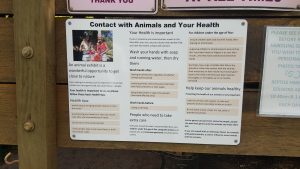
Safety tips from contact with animals
Fortify yourself not to mind seeing them in your dreams a couple of nights after you’ve come face to face with the slithering reptiles at “Snakes Down Under“. They have an impact that would give prizefighters gooseflesh and make you jump even if you saw a shadow in your room, and for a good reason. You could find snakes and skinks slithering in your backyard or geckos gaping stupidly. Perhaps it is you who are stupid to stay on their grassy habitat thinks the gecko. And cane toads are ugly by God. Take my word for it. And no, I’d never kiss a toad in the hope it would turn into a handsome prince.
If there is any place in the world to learn about reptiles, it is the “Land Down Under”. When at Bundy, its “Snakes Down Under Reptile Park” is the place to go. While it offers a smaller layout than those in major cities, methinks it’s an advantage in that the experience is up close and personal. For in the bigger setups, there is more to see but a lower degree of personalised engagement.
There is a sizeable variety of snakes on display, from poisonous to dangerously poisonous. Am not one for the House of Slytherin, but I must admit that I was impressed by the deft handling of the reptiles by its caretakers. From out of fabric bags, they were pried out with the help of rods with curved ends. While on this, my heart went out to the park staff, the unheard-of Steve Irwins who work in dangerous proximity of wild and deadly animals. Am sure it is their sheer devotion to animals that enables them to execute their duties responsibly. I mean, how careful can one be around a spitting cobra whose movements may not always be predictable. That their work is hard is unmistakable, yet their friendly disposition despite it is a thing that needs mention.
Snake watching is an area I don’t particularly fancy hovering over for long, hence will quickly run you through a few species of snakes that I can muster.
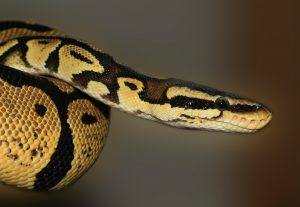
A python
Types of Pythons
Joe is a python variety that is known to lay about 12 to 50 eggs at a time. It stays coiled around its eggs which take about 60 days to hatch. During this period, the mother python doesn’t eat much, and as a result, loses weight. While she” broods over her brood“, she is happy to sustain herself on warm-blooded reptiles. Is she on a diet program of sorts one would wonder? Hell, no. This cold-blooded reptile displays an extraordinary warm-heartedness, and how! Her baby snakes lie at the”heart of the matter“!
Zack is a black-headed python who depends on cold-blooded animals for sustenance. It can grow longer than 2 meters even, enough to coil around your waist four times if your waist size is large. Did you know that this constrictor is intelligent and a problem solver? Bet you don’t want to know how, as you’d be easy prey if you encountered it in one hungry moment. If you happen to meet Zack at the dinner table, ensure that you stay still like a tree stump. Intelligent or not, don’t move and you may about fool it into thinking you aren’t food for its belly. Use your discretion though, in not letting a situation occur wherein you are left facing the constrictor. If sufficiently far away, run as fast as your legs – fit or unfit – can carry you.
Jill is the largest among the python species. It could get up to 8 meters long. It lives up trees and enjoys warm-blooded preys like wallabies. Can it smell prey? Not strictly in the literal sense but does so with its tongue darting in and out of its Jacobson’s organ which is part of an olfactory system. It swallows its food whole and then stays happily stuffed for an entire year. I mean no four square meal a day type of species this, no eating for the next twelve months. That’s quite a sabbatical from food, I say!
Quinn, who hails from the Colubridae family, is a brown tree snake with brown bands across it. I’ve known of the allusion to people with hooded snake eyes, but when I saw this species, I could decipher why. It has no eyelids and sheds its spectacle scales once a year. Its bites can cause vomiting, but you won’t want to feel that kind of nausea. It isn’t a fussy eater though, keeping itself satiated with birds and small reptiles/ animals.
And then came the highly venomous Ruby, the red-bellied cobra. This species is known to grow up to say, 1.8 meters to 2 meters in length. In Adelaide, the cobra lives close to water sources. It lives off reptiles but avoids cane toads. Told you cane toads were repulsive, even to a snake. This variety doesn’t lay eggs but delivers “live” babies all of forty at once! The babies flee upon birth as their mother tends to get cannibalistic and eats its young ones! So much for cold-bloodedness!
Collier is a member of the black snake family but is not black as you may assume it to be. It has a pink belly, lays its eggs underground and leaves them alone. It isn’t as maternal, enjoying its usual meal routine of eating wallabies and small kangaroos.

Python coiled around a tree
Touristy Experience
Following this educative round about snakes, you are allowed a rather touristy experience of holding a baby python around your neck. I had never attempted looking at a snake in the eye, let alone holding one or much less, allowing it to slither around my neck. But by Jove, I’d have kicked myself (like a kangaroo) was I to leave OZ without suffering a minute’s discomfort. Discomfort would be putting it mildly, at least to me. To the others holding the python, it was like holding a Christmas streamer. I did it in the end, hold the creepy sensation that is. A sensation it was because I screwed my eyes shut so tight as not to be able to see the python but couldn’t help feel it coil around my arms and neck. I’d have displayed video footage of myself had it captured a less terrified expression. Well, let’s check out someone else’s footage to make up for my mine.
They advise you to wash your hands with soap and water before and after handling a reptile or animal. They encourage you to do so even if you haven’t touched an animal since it is possible that you may have come into contact with a fence, or a food enclosure or spat on or whatever it is that can occur at zoos.
Watch this space for more, on koalas, emus and kangaroos. Don’t miss the sequel to this blog as it houses and adorable peek into the habitat and characteristics of a more adorable animal species.
Of Crocodiles and their sorrow
Crocodile Feeding
I still shudder at the thought of the late Steve Irwin, Australia’s signature crocodile hunter’s footage holding his baby son in one hand while dangling food prey in the other to feed a crocodile. Despite his laurels, I have never condoned what in my opinion was a foolhardy act of bravery around fifteen years ago. Crocodiles are wild animals, and there are no second thoughts about this. And why would Irwin come to mind you might ask. It was during a crocodile feeding session that I couldn’t help but recall National Geographic’s footage on his world-famous crocodile feeding episode.
Crocodile feeding is best left to the experts, a task certainly not meant for the faint-hearted. The large reptiles look lazy and camouflage inconspicuously with the environment. You could easily miss them if you aren’t keeping an eye out for them, a sharp one at that. They practically look like a part of the rock they lounge around on. At the sight of food, they leap at an incredible speed that would shake the strongest of hearts. However, they don’t run far too long if that’s a concern.
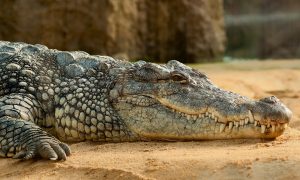
A lazy crocodile
The crocodile feeding experience I witnessed was at Snakes Down Under Reptile Park & Zoo at Childers, Bundaberg. You sure need steady hands while capturing the episode on camera as the croc’s sudden leap for prey could jolt you into knocking the camera out of your hands. Of course, if push comes to shove, should a situation get out of hand with you being chased by a crocodile – simply back off or run! Be sure you are a fitness enthusiast before even venturing to outrun a crocodile, especially the saltwater crocodile family which prey on humans. Underwater, no enthusiast would be a match to a crocodile’s actual speed. How long does it stay underwater, you might ask. For two active hours at best as it needs to resurface to the land to catch its breath.
I heard from the locals that it was a short while ago that a crocodile bit the principal caretaker as he’d entered its ambit. It wasn’t as if he was untrained in dealing with crocodiles, but when there are two of them in the same ambit, it isn’t easy to keep an eye trained on both creatures simultaneously. This time, therefore, there was a staffer who took the reins – quite literally – in feeding the crocs one at a time.
These were saltwater crocodiles, the adults wearing a dark tan or grey colour while the juniors in a paler hue. The guide explained that the males grew up to 6 metres. And that the females grew a little over half the length of a male.
The adult crocodiles live off fish, crustaceans, reptiles and mammals for sustenance. The baby ones, however, feed off small fish and insects even. I had to go over the description on the board again to ensure that what I read was correct. For to me, insects and crocodiles didn’t appear a credible food combination. On the subject of food, I noticed that the crocodiles had their mouth open for the most part. How could they be hungry after just being fed, I wondered. I understood later that, with no sweat glands and all and in a bid to release the body heat through its mouth, the crocodile let its mouth stay open even while sleeping.
It also described that, in Australia, crocodiles abound from the northern end of Western Australia to the East coast of Queensland. You generally find them in fresh and saltwater rivers, swamps and marshes and even lakes. The crocodile we saw appeared old, but nobody knew how old. It could jolly well have been a senior citizen as they are known to have great longevity. Most don’t even die of natural causes as much as of undernourishment, or predator attacks in its aged years.
The last thing I remember having asked the park guide was if crocodiles wept. After all, we’ve heard about the idiom about crocodile tears. Well, their eyes do need lubrication, which is facilitated by tears from their tear ducts. So yes, technically they do shed tears but surely not out of sorrow.
Lizards & Geckos
After the crocodile feeding experience, I thought it best to stick to a lighter tour soon after. And so I trudged to the lizards and skinks sections if that can be called a light section that is. Reptiles, irrespective of their size, can make you squirm so. The shingle backs which came first, are found in dry and open brush and woodlands. The skinks are spiny and are brown to almost black. The blue-tongued lizard is found in forests and grasslands while the sand goannas stick to shelters, burrows and areas with heavy rainfall. There are lace monitors, Eastern water dragons and more, but that would be a thesis in itself if researched and written about in detail.
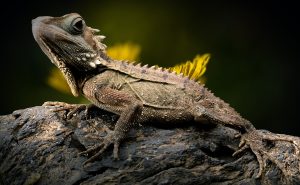
A lizard on a tree
Just as I thought I was at the end of a small reptile tour, I saw a perentie staring back at me. It is known to be Australia’s largest lizard, growing up to nearly 2 meters in length. Its brow is arched at an angle as if assessing its visitor with a raised eyebrow! Wonder if it is of British descent – a raised eyebrow, stiff upper lip et al. Its haunt lies in caves and crevices which you are better off not venturing into or going close to. Not in the Land Down Under most definitely, for this country lets its creepies thrive so!
I could conclude that the reptile park wasn’t the only area to find geckos as their realm stretches to one’s backyard as well. It would be sensible to don boots while walking outdoors or carry a torch if one has to cross the lawn at night. While the geckos aren’t known to be poisonous, it isn’t a comforting thought to imagine its bite. They are used to homes and its people, and one needn’t concern oneself too much about the adverse effects of its bite. Well, not at least if compared to the fear of bites from the snakes who give them company also.
It’s not often that one notices lizards, not at least in the house. However, if one does, it’s advisable not to test its bite which can have short term effects of soreness and swelling. By night-time, I was overwhelmed with the images of reptiles running through my head. So much so that I went to the extent of planting eggshells along the window sill. I also strategically placed some mothballs near the doorway, to ward off a possible nocturnal visit by a friendly gecko.
Check Out PART 2 about Koalas and Kangaroos at Childers, which should be on your itinerary for the Top Things to do in Bundaberg.


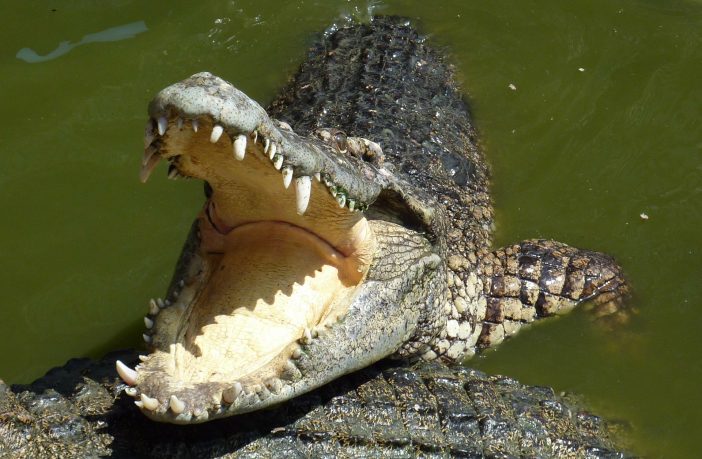
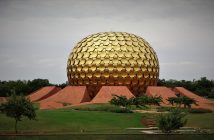
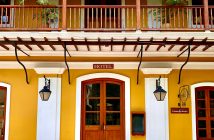
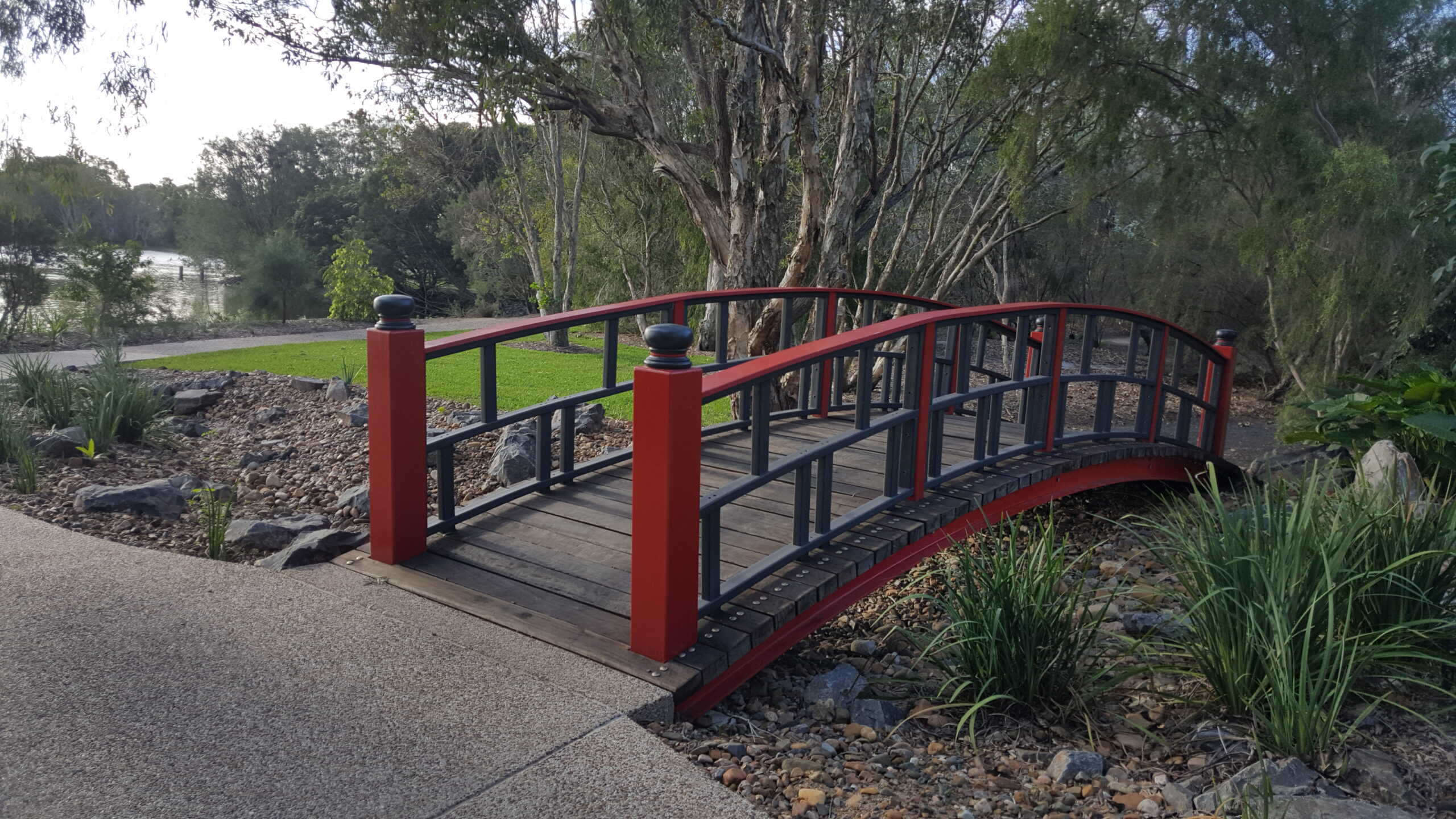
3 Comments
Pingback: Making Waves at the Beaches in the Land Down Under - Carmelita Fernandes
Love the detail on a croc’s habitat & it’s tears. The photos are a great capture of the Bundy reptiles .
Pingback: The Journey of Bundaberg Rum Factory - Carmelita Fernandes